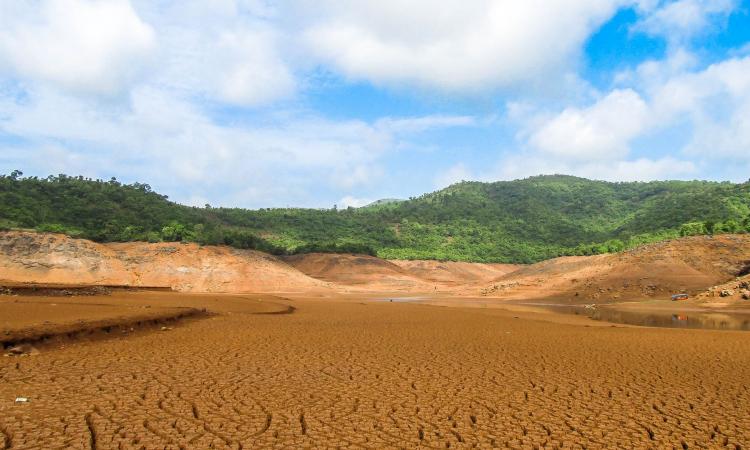
The frequency and severity of heatwaves have risen considerably in India. Our cities are facing periods of ‘extreme’ weather as urbanization continues to modify the landscape. The temperature moderation provided by soil and vegetation is being substituted with heat-absorbent construction materials. Heat-generating activities such as vehicular emissions and air-conditioning are on the rise, leading to the phenomenon of urban heat islands.
A study published in the Journal ‘Weather and Climate Extremes’ corroborates this point. Seasonal extreme temperatures show a rising trend for the urban agglomerations of New Delhi, Ahmedabad, Kolkata, Mumbai and Bangalore for the period 1980-2010, as per the study by Shouraseni Sen Roy ‘Spatial patterns of trends in seasonal extreme temperatures in India during 1980–2010’. An exception is the city of Chennai which experienced negative trends in most of the variables during winter, summer, and monsoon seasons. This could be because of its location on the east coast, which does not come under the monsoon regime.
The study was not limited to urban areas and examined the station level daily maximum and minimum temperature data spread across India, analyzing the trends in seasonal extreme temperature indices. Daily surface maximum and minimum temperature data for 128 stations were obtained from the National Data Centre, Indian Meteorological Department. The trends were calculated for the recent period of 1980–2010, when some of the warmest temperatures were recorded at the global scale.
The results of the analysis revealed substantial variations in the spatial patterns of the trends. The majority of the study area experienced declining trends in diurnal temperature range during all seasons.
North-south divide in extreme temperature trend
Substantial variations were observed for the different extreme temperature indices.
During the first half of the year, which constitutes the drier winter and summer months, a declining trend in extreme maximum and minimum temperature indices was observed over most of peninsular India, whereas the reverse was observed in northern India.
The spatial patterns can be attributed to both local and regional level processes, such as aerosol levels and land use and land cover changes.
Overall, a north-south divide in the spatial patterns of the different extreme temperature indices were revealed during all the seasons. The negative trends were mostly concentrated in the southern peninsula of India; while the positive trends were mostly concentrated over the densely populated northern plains and arid northwestern India.
It is noteworthy, that the trends in the various specific indices for extreme temperatures showed substantial variations, including both positive (warming) and negative (cooling) trends, at the spatial and seasonal scales. For most of the indices, the trends were reversed between the maximum and minimum temperatures. This explains the predominantly decreasing trends in diurnal temperature range across most of the study areas during all the seasons.
The positive trends in extreme temperatures during most of the seasons were concentrated across various parts of northern India during the summer and winter seasons, which are mostly cloud-free. In addition, at the regional scale most of the positive trends were clustered over the northern plains constituting the densely populated Gangetic basin and the arid region in the north-west. These increasing trends in extreme temperature indices in northwestern India are similar to those observed for annual temperatures across India.
While increasing trends in the various extreme temperature indices is in conformity with the overall trends in global warming and climate change; the declining trends observed in the case of certain extreme temperature indices during certain seasons is important. Particularly during the monsoon and post-monsoon seasons, the majority of the area experienced declining trends in extreme temperature indices associated with maximum temperatures that may be attributed to the prevalence of cloud cover.
Land use change impacts trends in extreme temperatures
The role of local level land use and land cover change can also have significant impacts on long-term trends in extreme temperatures. This is particularly significant over the northern plains of India, which has undergone the maximum intensification of croplands through the replacement of forest and woodland since the 1940s, impacting long term temperature trends. The cooling effect of the establishment of an intricate network of canal irrigation on regional temperatures over northwest India post-green revolution in the 1960s may explain some of these trends.
The role of various local level factors, needs to be investigated in detail to further understand the variations in extreme temperatures in India.
The report can be downloaded here